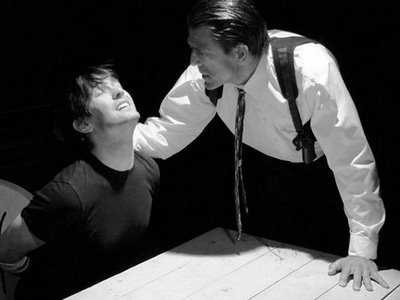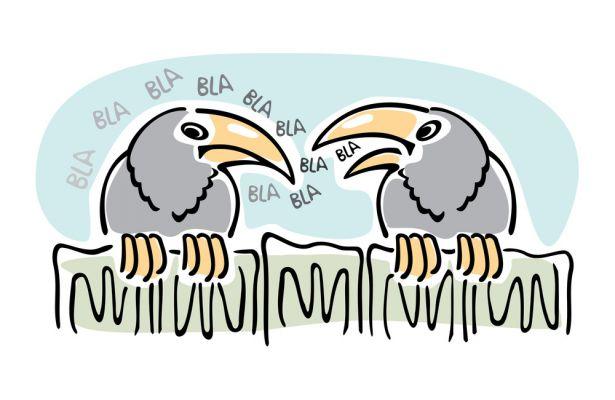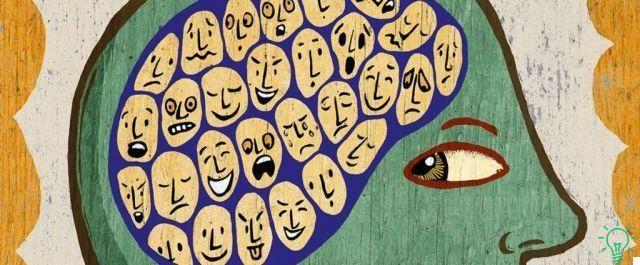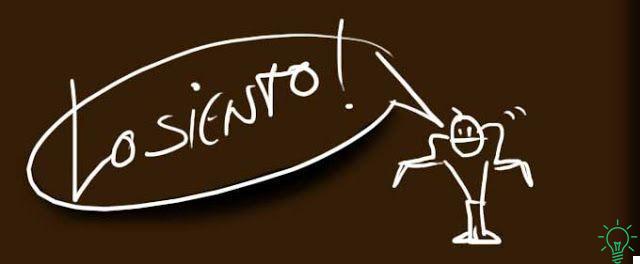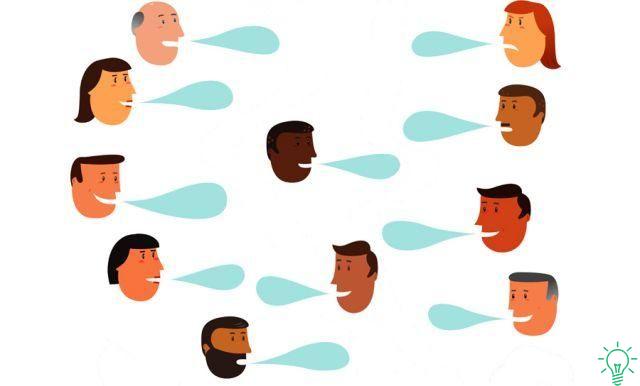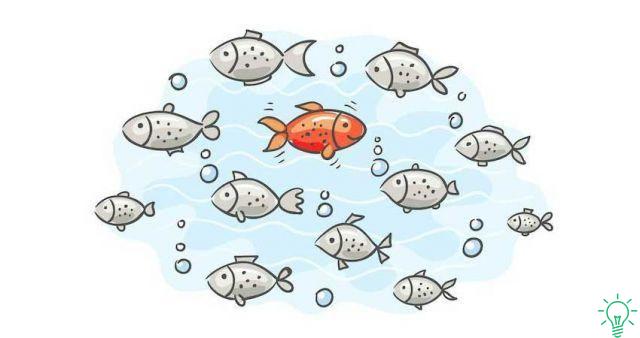
A compelling story can persuade a
sworn to a trial, he can help sell a product or he can take us away
from embarrassment. But… you know what are the fundamental aspects that do yes
that the story we tell is convincing?
conclusion that the emotional elements are much more convincing than the
rational arguments, since they affect the emotions of the listener. Like this,
these researchers have drawn up a list in which they collect the aspects
essential to make a story persuasive:
1. Vivid images. It has been proven that if we can
putting ourselves in the place of the characters in the story, we will be much more empathic and the
story will have a better chance of success. In fact, various studies have
demonstrated that when we are really immersed in the plot of history, in the
our brains are activated in the same areas that would be activated in the character
who lives it.
2. Emotional realism. For a story to be convincing
this must be perceived as real by the person listening to it. This
it does not mean that all its aspects have to be real, but only the
emotions experienced by the protagonist. That is, we can believe in truthfulness
of a fictional story because we identify ourselves
in the emotions that the character experiences. If the reactions to this don't
were likely, the story would lose its realism.
3. Understandability. When the story is told
confusedly, lacking consistency or simply using language
difficult to understand, its persuasive power will diminish. Why a story
is credible, it must be understood perfectly. In fact, this is one of the
reasons why the new generations refuse to read Shakespeare or
Cervantes. The language is too difficult to understand so that you don't
establishes an emotional connection with the story.
4. Logical structure. Our brain is used to
think following certain logical steps and therefore, the stories that include one
introduction, a body (with its respective suspense) and an unfolding, are
accepted more quickly than those that reverse this order.
5. Context and narrator. As you can imagine, a
success story told by a salesperson is perceived as less credible
compared to the same story heard by the neighbor. For this, the
Advertising agencies are increasingly betting on models that embody
ordinary people. At the same time, a noisy environment can compromise the
strength of the story as well as a web page full of advertising affects the
credibility of the content. In the end,
these researchers leave us a very interesting trick. Mazzocco and Green
claim that our brain processes information in two ways: from the point
from an emotional and experiential point of view. The rational point of view
it includes data that is evaluated from an objective perspective while that experience
practice can also be based on building a work environment in the
which reality can be mixed with fantasy. From
since our brains can work with only one perspective at the
time, if the story is based on emotional experiences rather than data,
we will be offering almost unconditional acceptance. It goes
however said that this applies to the construction of stories to be used
in an advertising campaign or similar situations. If you have to convince a
audience expecting scientific data, these tricks will not work.




